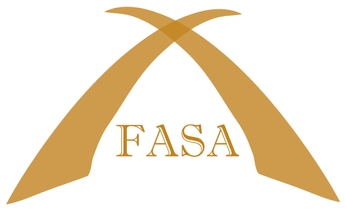By Amy Sams, Principal, SouthShore Charter Academy When I accepted the position at my current school, my best friend challenged me to be involved in my new community. Though I immediately began to worry about the time investment of such a challenge, I knew it was sound advice. I decided to... Continue Reading
Leader 2 Leader Blog
An account of success in Florida's public schools by school leaders.
Three Communication Practices That Successfully Transform School Culture, Regardless of Your Preference By Julia Ullmann, Ed.D. Assistant Principal, NeoCity Academy, Osceola County Let's be real—between budget meetings, discipline referrals, and the 127 unread emails in your inbox (all... Continue Reading
By Tracy Duval and Leslie Frick In Florida, teacher evaluations are guided by the Florida Educator Accomplished Practices (FEAPs)—a set of standards that outline what effective teaching looks and sounds like. But while these standards offer a clear framework, one essential question... Continue Reading
By Becca Lamon, Superintendent, Ball-Chatham CUSD5 (I.L.) Post COVID, the lives of educators can feel like a constant hustle. Scroll through social media and you’ll see it—reels and posts about burnout, feeling underappreciated, under attack, and, sadly, walking away from the... Continue Reading
By Nishira Mitchell Teacher retention is an ongoing challenge, and in many districts, leaders are struggling to fill vacant positions. In Hillsborough County Public Schools (HCPS), the nation’s seventh largest school system, we are facing a severe shortage of teachers and support... Continue Reading
By Debbie E. Bennett Before becoming a middle school associate principal, I was an elementary principal. Because of the size of my school, I didn’t have an assistant principal; sometimes I felt like I was doing the job of three people. With delegation and organization, however, my staff... Continue Reading
By: Tracy Duval and Leslie Frick, The Pedagogy Pros In districts across the country, the question is no longer whether we have a teacher shortage—it’s how we keep the great educators we already have. Teacher attrition continues to climb, with the most vulnerable losses happening in... Continue Reading
By Jennifer Abrams Hard conversations are an inherent part of school leadership. More often than not, as a principal or an assistant principal, you will engage in hard conversations, and you will need to do so in productive ways. Speaking with clarity and courage and addressing difficult... Continue Reading
By John C. Maxwell Years ago, I became convinced of a truth that changed the trajectory of my life: Everything rises and falls on leadership. Great leadership has the power to improve an entire organization. And, unfortunately, bad leadership has the power to bring down an entire organization.... Continue Reading
By Rivkie Berger, OTR/L Students with sensory challenges may struggle to focus, stay calm and engage in learning. They might appear hyperactive, disruptive or restless when they simply need to find the right sensory tool to self-regulate. Using sensory tools empowers students so that they are... Continue Reading
By Travis J. Peck Reflecting on my first principal position, I recall my mixed emotions. During this transitional time in my career, my emotions ranged from excitement to nervousness. I was excited about the opportunity to lead a school of educators and students, but I was also worried about... Continue Reading
By Corey Peloquin Science education is at the heart of preparing Florida’s students for a competitive and innovative future. From elementary through high school, the foundation laid in our classrooms today shapes tomorrow’s thinkers, problem-solvers, and leaders. As K-12 school... Continue Reading
